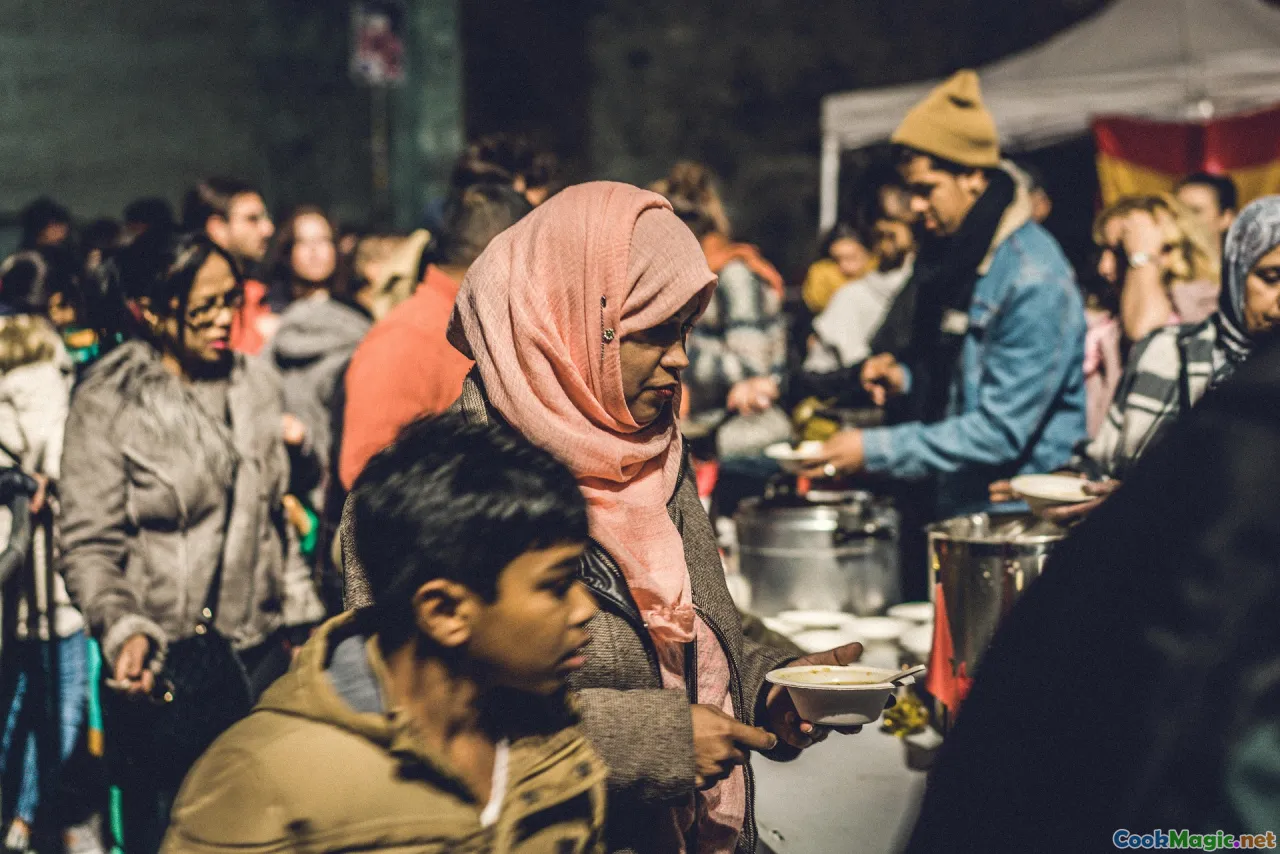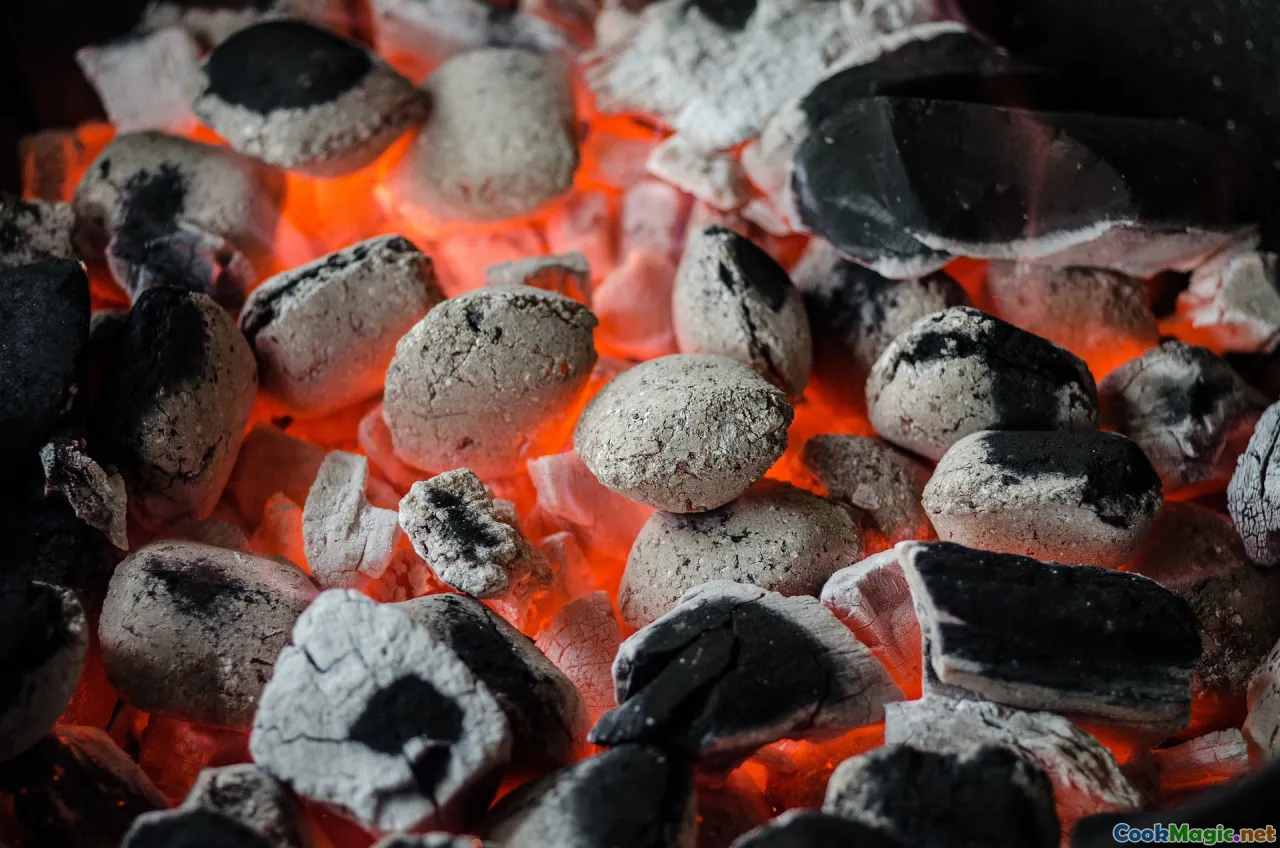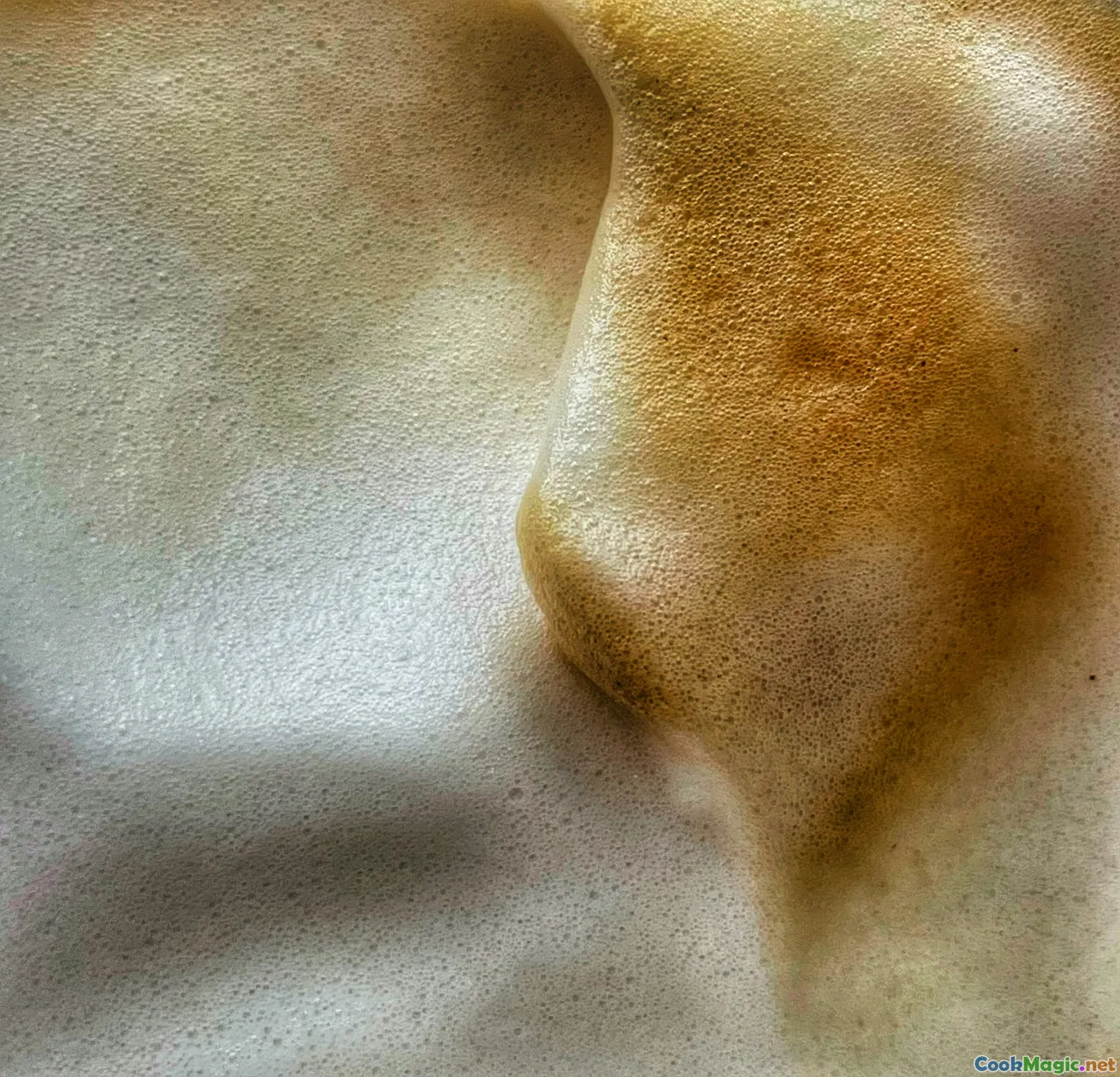Secrets to Perfectly Crispy Lechon Skin
11 min read Discover expert tips to achieve irresistibly crispy lechon skin with perfect crunch and flavor in Filipino culinary tradition. September 04, 2025 09:05
Secrets to Perfectly Crispy Lechon Skin
In the vibrant heart of Filipino festivities, few dishes evoke the same sense of anticipation and joy as a well-roasted lechon. Its crackling, golden-brown skin, infused with the rich aroma of herbs and spices, signals more than just culinary mastery — it embodies tradition, community, and celebration. As any Filipino chef or home cook knows, Achieving that perfectly crispy, savory lechon skin isn’t just about fire and patience; it’s an art form rooted in centuries of technique and heritage.
In this article, we’ll peel back the layers of this beloved delicacy, revealing insider secrets, practical tips, and cultural insights to help you craft lechon with skin that shatters satisfyingly with every bite. Whether you’re preparing for a special fiesta, a family gathering, or simply want to master an iconic dish, understanding the nuances of lechon skin crispy perfection will elevate your culinary confidence.
The Cultural Significance of Lechon and Its Crispy Skin

The aroma of lechon roasting over an open pit is an indelible part of Filipino festas and long-held family traditions. It symbolizes abundance, unity, and shared joy. Central to the appeal is not only the tender, flavorful meat but—crucially—the irresistible, crackly skin that sparks both visual admiration and sensory delight. For many Filipinos, the experience of biting into that juicy meat contrasted with the brittle skin is as much about nostalgia and cultural pride as it is about flavor.
From Cebu's famous lechon belly to the flavorful Lechon Kawali of Luzon, regional variations showcase distinct techniques to achieve that perfect crack—not just for show, but to enhance the overall experience.
Why is crispy skin so sought after? Because it elevates humble ingredients into a celebration of texture and taste. The crackling sound, fragrant aroma, and satisfying crunch create a multisensory experience that imbues festivities with emotional warmth.
The Science of Crispy Lechon Skin

Achieving that ideal crispy skin starts with understanding the underlying science. At its core, crispy skin results from moisture evaporation and the Maillard reaction—a complex browning process that occurs when proteins and sugars undergo high heat. For lechon, the goal is to remove surface moisture while promoting caramelization and collagen breakdown within the skin.
Key factors include:-Moisture Content: Excess water is the enemy of crunch. Proper drying is essential.
- Temperature: High, even heat ensures rapid moisture evaporation without overcooking the meat.
- Heat Source: Open flame, charcoal, or oven broiler with sufficient direct heat creates the crackling texture.
- Brining and Basting: Proper seasoning must penetrate through the skin to ensure flavor, but too much liquid prevents crispiness.
This delicate balance is what transforms raw ingredients into a crispy masterpiece—where every bite offers a burst of smoky, savory richness enveloped in a crackling shell.
Mastering the Preparation: From Marination to Drying

The journey to that impeccable, crispy lechon skin begins long before the heat hits the pig. Preparation is crucial, and attention to detail can make the difference between soggy, dull skin and a masterpiece of crunch.
Marination: Enhancing Flavor Without Sacrificing Crispness
Traditionally, the pig is stuffed with a mixture of lemongrass, garlic, onions, salt, and spices like black pepper and crushed peppercorns. While it may seem simple, the marinade’s role is vital for flavor penetration. Be mindful: excessive liquid in the marinade or a wet surface after marination can hinder skin crisping.
The Importance of Drying: The Crispiest Skin Starts with Dry Skin
This step cannot be overstated. After marination, the pig must be thoroughly dried. Many Filipino cooks hang the lechon in a shaded, ventilated area for several hours or even overnight, allowing the skin to dry out completely. Alternatively, using paper towels or celebrating a blow dryer can hasten this process.
Seasoning and Salting: Enhancing Crispness and Flavor
A generous rub of coarse salt on the skin draws out excess moisture, crucial for crunch. Some chefs incorporate olive oil or a coating of soy sauce to facilitate caramelization and deepen flavor.
The Role of Vinegar or Citrus
A light spritzing of vinegar or calamansi juice during early preparation phases enhances flavor and also helps in drying the skin. Be wary of too much liquid; balance is key.
Cooking Techniques: Achieving That Signature Crackle

The choice of cooking method significantly impacts skin texture. Three main techniques stand out in Filipino cooking:
1. Open Pit Roasting over Charcoal or Wood
The traditional method—roasting the pig over an open fire—exposes the skin to direct, radiant heat. To achieve even crispness, rotating the pig slowly ensures uniform caramelization. The smoky aroma intensifies as the skin begins to blister, crackle, and turn to a golden hue.
Tip: Use a mixture of hardwood and coconut shells for a consistent fire and authentic flavor.
2. Oven Roasting with Broiler Finish
In kitchens lacking a traditional firepit, a large convection oven or rotisserie can achieve similar results. Start with slow roasting at moderate heat (around 180°C / 355°F) to cook through, then switch to high heat or broil for the last 20 minutes, watching closely to prevent burning.
Tip: Using a wire rack allows hot air to circulate, helping the skin dry and crisp evenly.
3. Dual-Stage Method: Boiling or Steaming Plus Roasting
Some cooks pre-boil or steam the pig to loosen tissues and render fat, then proceed to roasting to develop the crispy exterior. This technique, popular in certain regional Filipino versions like Lechon Baboy, yields meat that's tender and skin that's extra crunchy.
Pro tip: In this method, thoroughly drying the skin afterward is essential for the best crackling.
Final Touches: The Art of the Crackling Finish

As the lechon nears completion, the golden, bubbling skin tells you it’s time to remove it from heat. Resting for at least 10–15 minutes allows the juices to redistribute, stabilizing the skin's texture.
For an extra crackling effect, some chefs brush the skin with a little vinegar or a mix of oil and spices before giving it a final flash under high heat or broiler. This quick blast helps reinforce the caramelized surface.
Visual cues:
- You want a uniformly golden, shiny appearance.
- The skin should crackle loudly when handled.
- The aroma should be intoxicatingly smoky and savory.
Serving Perfection: Beyond the Crack
The true joy of a well-made lechon lies not just in the crispy skin, but also in its tender, flavorful meat. Carve with care, revealing layers of juicy flesh and crispy crackling.
Accentuate your feast with traditional sauces like sarsa or a dipping sauce of vinegar with crushed garlic and chilies—balancing the richness and crunch.
And remember, each bite is a celebration of Filipino ingenuity—the harmony of tradition and technique culminating in that unforgettable, crispy symphony.
Creating perfectly crispy lechon skin is both an art and a science. It demands patience, precision, and a deep appreciation of Filipino culinary heritage. When mastered, it turns any gathering into a memorable feast, where the simple crack echoes the warmth and vibrancy of Filipino culture itself.
So fire up that grill, dry those skins thoroughly, and let your lechon shine with irresistibly crispy, crackling goodness—an edible celebration of every Filipino heart and palate.









